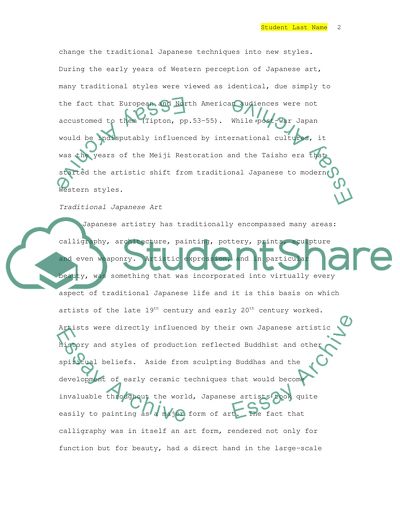Cite this document
(“Western Cultural Influence on Japanese Artistry Essay”, n.d.)
Western Cultural Influence on Japanese Artistry Essay. Retrieved from https://studentshare.org/miscellaneous/1523904-western-cultural-influence-on-japanese-artistry
Western Cultural Influence on Japanese Artistry Essay. Retrieved from https://studentshare.org/miscellaneous/1523904-western-cultural-influence-on-japanese-artistry
(Western Cultural Influence on Japanese Artistry Essay)
Western Cultural Influence on Japanese Artistry Essay. https://studentshare.org/miscellaneous/1523904-western-cultural-influence-on-japanese-artistry.
Western Cultural Influence on Japanese Artistry Essay. https://studentshare.org/miscellaneous/1523904-western-cultural-influence-on-japanese-artistry.
“Western Cultural Influence on Japanese Artistry Essay”, n.d. https://studentshare.org/miscellaneous/1523904-western-cultural-influence-on-japanese-artistry.


